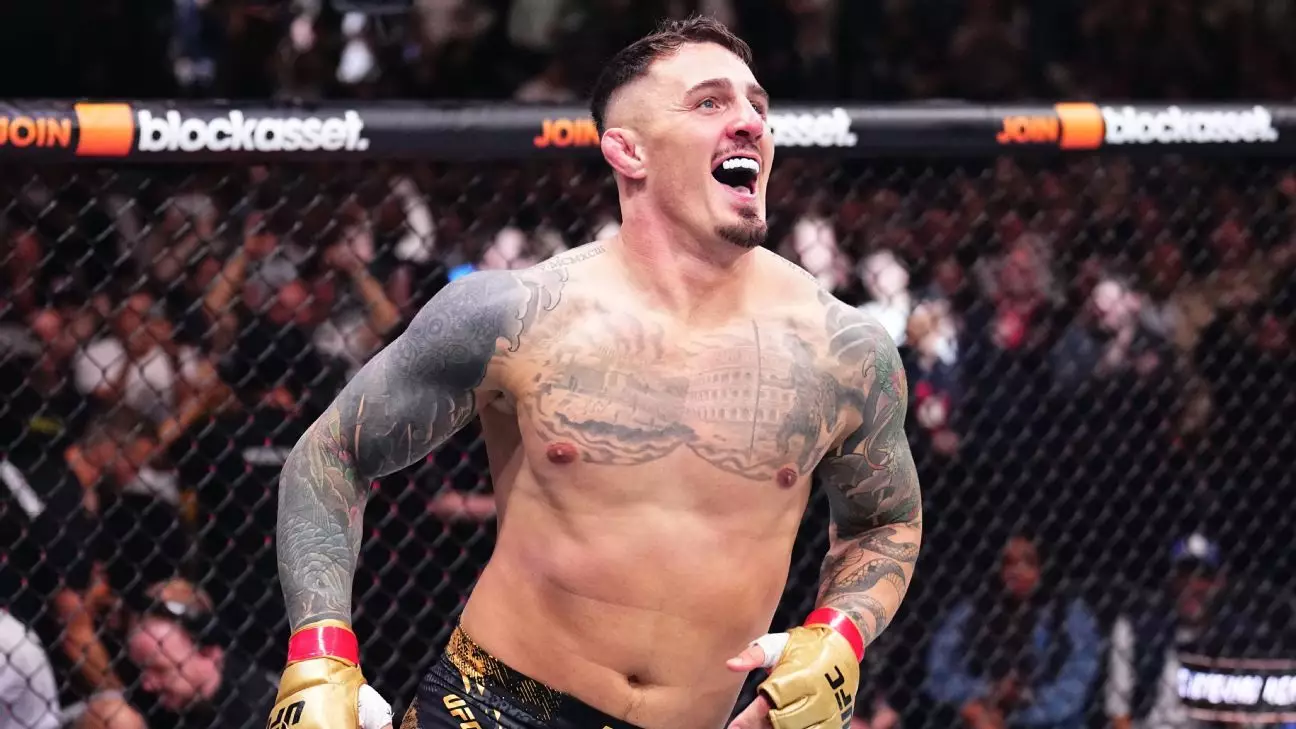The upcoming UFC Fight Night in Nashville marks more than just a routine weekend of fights; it signifies a pivotal crossroads for the heavyweight division. With the retirement of Jon Jones—a formidable juggernaut widely regarded as the greatest of all time—the heavyweight landscape finds itself at a defining moment of uncertainty and potential renewal. This transition phase isn’t just about the fighters stepping into the cage but about a division searching for its next identity, its next superstar, and ultimately, its next era of dominance. The absence of Jones, who left a void filled with legends and legendary performances, creates both a palpable sense of loss and an ambitious call for new blood to step up and claim the division’s throne.
Historically, heavyweight MMA has been a crucible of unpredictability, where a single punch can decide fate in seconds. That raw, explosive power combined with the division’s size makes every fight an electrifying spectacle. Yet, with the industry now awaiting the emergence of new contenders, the division’s relatively shallow depth becomes glaring. The heavyweight division often lives in the shadow of its flashier lighter counterparts, but its importance cannot be overstated. It remains the ultimate test of strength, resilience, and knockout artistry. In the wake of Jones’ departure, this division is ripe for upheaval—and, if guided correctly, a renaissance.
Given the Current Landscape, Who Will Shape the Future?
The immediate superstar spotlight falls on interim champion Alexander Aspinall, who has swiftly established himself as a dominant force. His record is impressive, marked by devastating first-round finishes and a calm, calculated approach that exemplifies modern MMA intelligence. Aspinall’s victories over top-ranked contenders like Curtis Blaydes and Sergei Pavlovich demonstrate his readiness to ascend further. Yet, the reality remains: he has yet to truly face the division’s strongest and most experienced talent, which will be necessary for truly cementing his legacy. His youth—just 30 years old—serves as both a blessing and a curse: he could dominate for years, but the division’s ever-present threat of knockout power means complacency is deadly.
The division’s early trajectory hints at the rise of fighters like Ciryl Gane, who possesses refined striking and exceptional athleticism. Gane’s technical prowess makes him an intriguing rival for Aspinall if the latter continues his streak. Still, the question is whether Gane can close the gaps in his game—chiefly his durability against power punches and his mental resilience under pressure. Should Gane elevate his game, a rivalry between him and Aspinall could spark the kind of interest that historically revitalizes divisions, drawing fans into a narrative of resilience versus refinement.
Meanwhile, the division’s history suggests that unpredictability is its closest ally. Fighters such as Tallison Teixeira, with his relentless finishing ability, exemplify the new breed of heavyweights eager to carve their niche. Teixeira’s record of finishing opponents early is indicative of the division’s evolving trend: violence, speed, and power combined. An upset or breakout performance from a relatively lesser-known contender can reshape expectations and rally fan support. The heavyweight division always promises chaos, and that chaos often leads to its most memorable moments.
The Unfinished Business and the Quest for the Next Big Fight
The absence of Jon Jones isn’t just about a legendary fighter stepping away; it’s a gap in the narrative of heavyweight greatness. Fans crave the spectacle of marquee matchups—superfights that force divisions to grow and captivate global audiences. The possibilities are tantalizing but largely speculative. Would a bout between Aspinall and Gane light up the division? Or perhaps a blockbuster fight between Aspinall and Pereira, which could be a game-changer, combining legacy, rivalry, and entertainment. The allure of these matchups is undeniable, yet there are tangible obstacles: Pereira’s size at heavyweight and his current focus on lighter divisions could hinder the allure of such a superfight.
In the meantime, fan favorites like Derrick Lewis offer a different kind of excitement. His knockout power and veteran savvy make him a perennial threat and a potential catalyst for compelling fights. Should Lewis pull off a spectacular victory in Nashville, it might create a quick turnaround to fights that revitalize the division’s interest. The UFC, always eager to promote sensationalism, might leverage a Lewis victory as a springboard to immediate title contention or a high-profile scrap that keeps fans hooked.
Despite the apparent stagnation relative to the division’s historical volatility, the heavyweight division retains a core of potential. The challenge lies in cultivating new stars and convincing fans that the next chapter can be even more electrifying than the last. The road forward involves not just waiting for emerging talent but actively shaping narratives, promoting rivalries, and fostering opportunities for fighters like Aspinall, Gane, and Teixeira to showcase their skills on the grand stage. What this division needs most is a moment—a fight, a fighter, or a rivalry—that ignites fresh passion and redefines what heavyweight MMA can achieve.


Leave a Reply